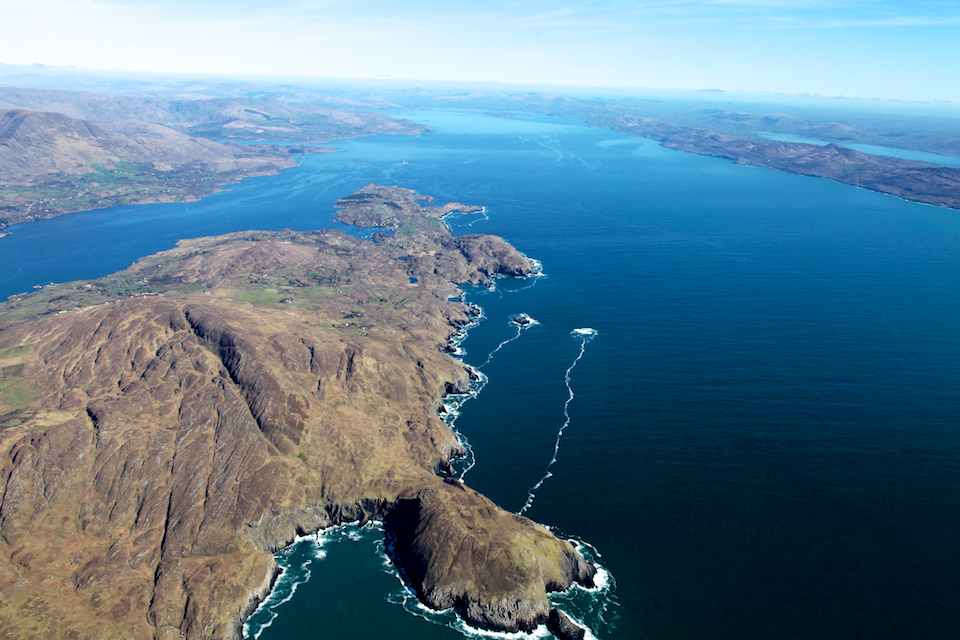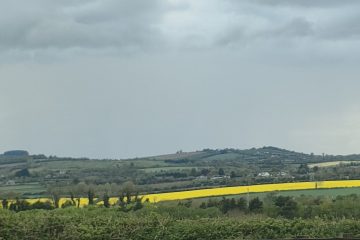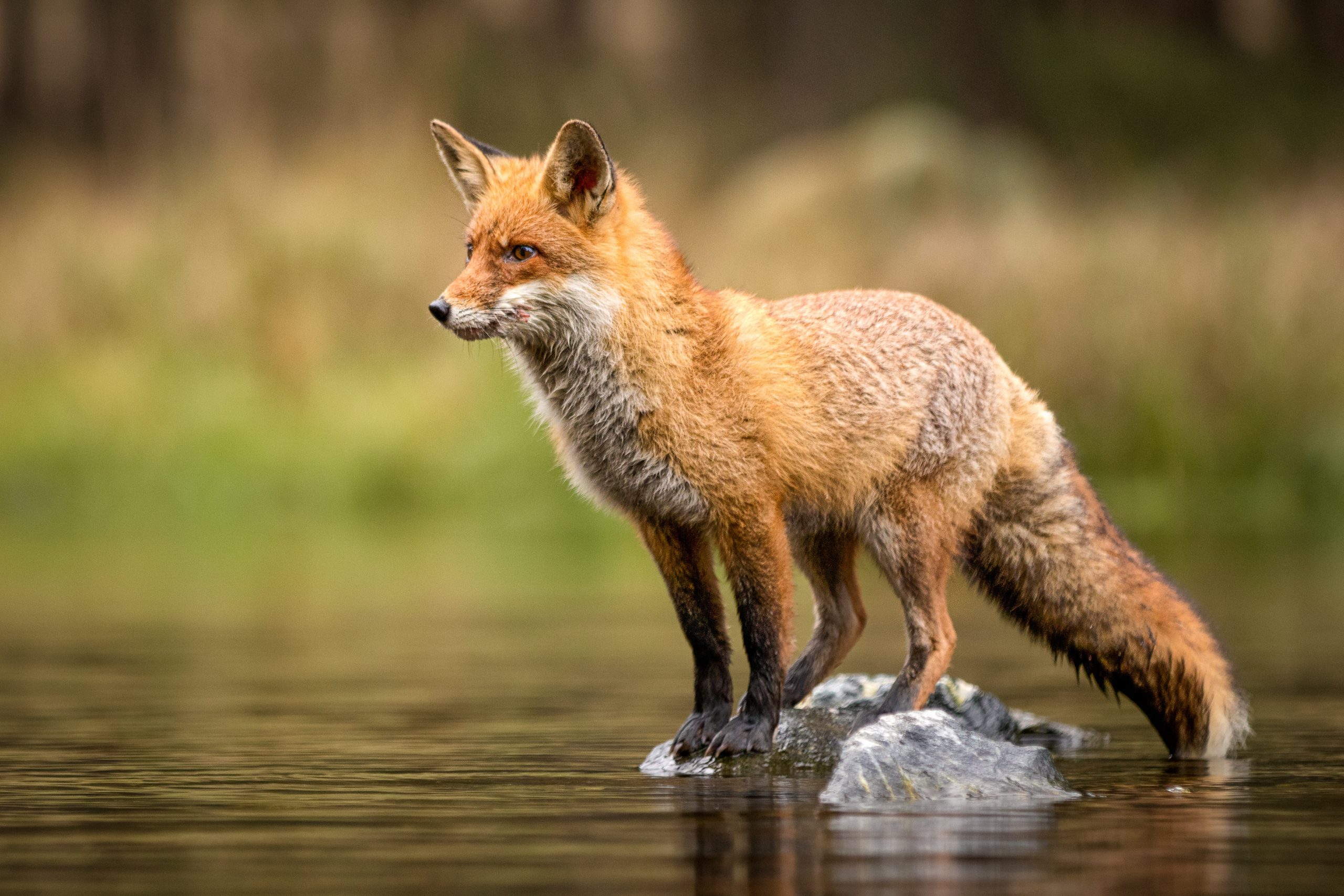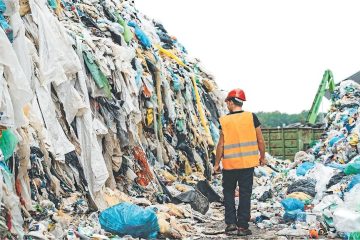Insectageddon – a plague on our houses or a phantom menace?

March 20th, 2020
“Who has the right to decide that the supreme value is a world without insects even though it would be a sterile world not graced by the curving wing of a bird in flight?” So wrote Rachel Carson in her world-changing book Silent Spring in 1962.
Carson had previously published a number of books about the oceans but the post-war emergence of industrial chemicals followed by their widespread deployment prompted her to write what would become her magnum opus. Concern for the plight of insect life is not new but it has gained increased attention in recent years with a number of studies showing dramatic declines in their populations and diversity.
For many years now, naturalists have been commenting on the apparent diminution of windscreen splatter when driving through the countryside. However, while scientists have been studying insects for well over a century, research has overwhelmingly focussed on identifying individual species and where they are found – not on the overall numbers in which they are found.
Then, in late 2017, a study from Germany showed insect populations inside a number of nature reserves had declined by 76 per cent over 27 years. The findings prompted The Guardian journalist George Monbiot to speculate that excessive pesticide and the destruction of habitat that turned farmland surrounding the reserves “into a wildlife desert” had caused them to become hostile to insects, causing “insectageddon”.
The term insectageddon neatly encapsulates both the scale of the collapse and its drastic effects if indeed it is a real thing. The German study was followed by one from Puerto Rico in 2018 that described a 10 to 60-fold decline in the abundance of arthropod – invertebrates with jointed legs such as spiders, centipedes and other non-insect creepy-crawlies – since the 1970s in a mountainous jungle reserve.
The authors pinned the declines on climate change, noting a 2˚C temperature rise over 30 years while also noting corresponding declines in the forest creatures that depend on invertebrates for food such as frogs, lizards and birds. The Washington Post declared the study as “hyper-alarming”, while the New York Times proclaimed that “the Insect Apocalypse Is Here”.
Last year, a much broader meta-study – a study of studies from across the globe – concluded that 40 per cent of all insect species are threatened with extinction, once again sending headline writers into a spin while seemingly confirming what people with an eye on their windscreens had already concluded. It was even interpreted in some media outlets as predicting the disappearance of insects within the next century. Yet, it turns out, things are not so simple.
Not so straightforward
While the 2017 German study has endured, the researchers here did not speculate as to the causes of the declines. Furthermore, data from a handful of locations cannot be extrapolated easily to whole landscapes, never mind whole continents.
The Puerto Rico study has proven less robust with criticism emerging that there was, in fact, no 2˚C increase in temperature at the study site (it turned out that there was a local cooling over the period) and incorrect interpretation of some of the bird and insect numbers.
The paper that declared that 40 per cent of insects were on the way out, meanwhile, was torn apart. One rebuttal (of many) decried the “biased methods and flawed analyses” that “lead to unsupported conclusions on the extinction of vast numbers of insect species in the near future”.
The authors had only searched for studies showing declines, ignoring any cases that may have showed increases. However, the researchers were mostly scorned for drawing global conclusions on what were a small number of studies (73) that were mainly located in rich countries outside the of tropics where most biodiversity is located.
This of course does not mean that ‘insectageddon’ is not real and nearly all researchers agree that that there are serious causes for concern. It is simply that we are lacking the hard evidence that we’d like to have to demonstrate exactly what is happening and where.
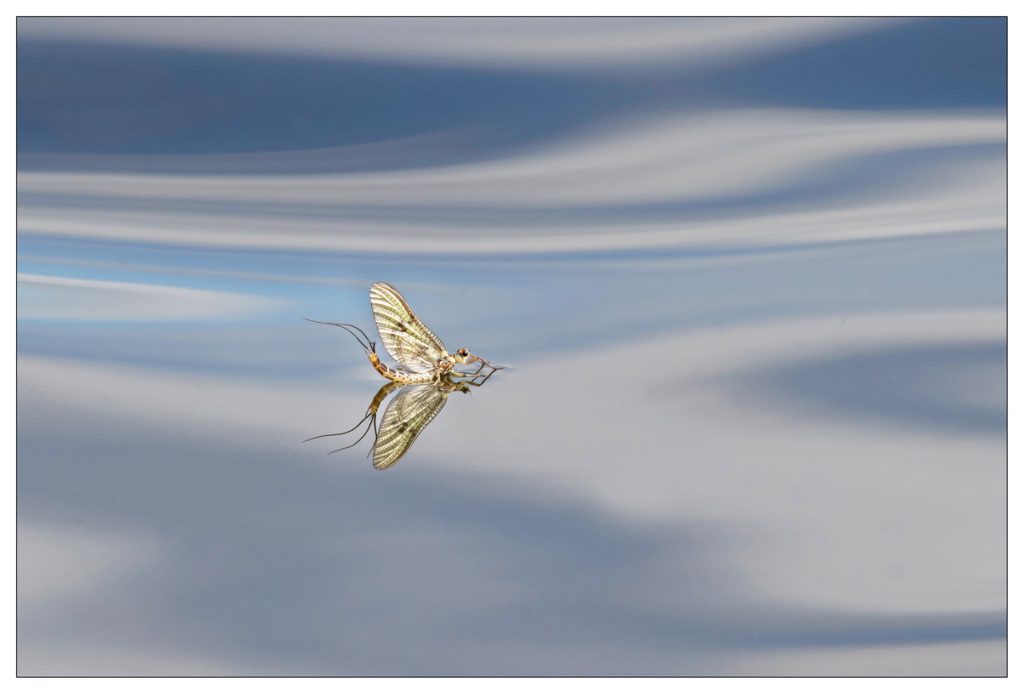
The crux of the matter
In 2019, Jeremy Hance of the Mongabay news outlet published an excellent four-part review of the issue, interviewing 24 entomologists across six continents.
Hance summarised the level of anxiety among experts: “Here’s the crux of the matter: when asked how they would rate the insect abundance crisis on a scale of 0 to 10 — 10 being direst — the answers Mongabay received from researchers on six continents ranged from 8 to, yes, 10.”
Last month the results of a study from Denmark recorded eye-watering declines of 80 and 97 per cent in the mass of bugs stuck to cars in the two study areas they looked at. The researchers were also able to correlate this with declines in nesting Swallows that feed almost exclusively on flying insects. So yes, the ‘splatometer’ effect is real!
In Ireland, we have 11,422 recorded species of insect according to Dara Stanley, an ecologist at University College Dublin and a specialist in insects and their interaction with people. Including non-insect invertebrates, that number shoots beyond 20,000 and new species are being discovered here at a steady clip.
So, is ‘insectageddon’ underway in Ireland? “We simply don’t know,” says Stanley. “We have virtually no historical records and so it is just too hard to tell.
“In recent years the National Biodiversity Data Centre has established long-term surveys for butterflies and bumblebees, the former being up and running for over 10 years. But even in this short period we have seen declines.”
In the last decade, led by the National Parks and Wildlife Service, we have also seen the publication of red data lists assessing the conservation status of groups of species, a number of which relate to insects and other invertebrates such as moths, dragonflies, butterflies, bees and, most-recently, stoneflies.
In total over 1,100 invertebrate species have been assessed (around five per cent of the estimated total known from Ireland), with 29 species found to have gone extinct from the island while, on average, 16 per cent of the remainder are threatened with extinction.
There are also entire groups – ants, spiders, worms, grasshoppers, wasps and flies for instance – about whom we know practically nothing. A number of very specialist groups, such as beetles that depend upon rotting dead wood, are known to be under pressure. A 2012 study found that half of our native species are ‘rare’ with nine species suspected to be extinct.
Low priority levels
However, in general, the state of our knowledge is very poor. Add to that that fact that only one insect, the Marsh Fritillary butterfly, enjoys protected species status in Ireland and you can see the low level of priority insects is afforded in terms of conservation despite their fundamental role in how our ecosystems work.
The value of insects and other invertebrates has never been disputed. Charles Darwin wrote a whole book about worms in 1881, concluding that “worms have played a more important part in the history of the world than most persons would at first suppose”.
Their activity is synonymous with the health of soil. In dragging dead vegetable matter into their underground burrows they recycle nutrients so they are once again available to plants.
They are food for birds and mammals and help to build up soil, thereby storing away carbon and potentially helping the fight against climate breakdown. Yet, a study from England in 2019 showed that earth worms were rare or absent completely from 42 per cent of fields.
In Ireland, we have no comparable information; we simply have no data on the health of our soils and fertility tends to be seen as a chemical issue rather than a biological one.
Dung beetles are so essential to the recycling of manure that when cows and horses were brought to Australia by Europeans, a continent which had never before seen such animals, the manure just piled up because the dung beetles weren’t there to distribute it back into the soil.
Here in Ireland at least 40 species have been identified but ivermectin, a widespread anti-parasite agent administered to livestock, is known to be highly toxic to dung beetles.
While there is belief among specialists that dung beetle populations are declining, there is no monitoring programme for this vital group of insects. Meanwhile, chemical resistance in livestock is becoming apparent with a recent survey from Teagasc finding that ivermectin was completely ineffective in over half of 19 farms that were looked at.

‘We can still act’
Stanley says, however, that just because we don’t have the information we would like to have doesn’t mean that we can’t act. “We know that the intensification of agriculture, the promotion of monocultures, pollution of water courses and the use of pesticides results in a decline in species diversity. Any approach to address insect conservation will require us to look at the whole landscape.”
It’s a point echoed by Hugh Feeley, an aquatic ecologist working with the Environmental Protection Agency (EPA) who spends much of his time in the field, sampling rivers and lakes. “We have had a serious issue with water quality in Ireland for some time and now climate change is adding to that pressure,” he says.
Certain groups of species are more sensitive to pollution and so it is possible to assess the water quality along a stretch of river from the diversity of invertebrates living in the stones and mud on the riverbed. It’s a system that has been used for many decades in Ireland, and so widespread declines in water quality are well documented.
“Pollution tends to result in a decline in the amount of oxygen dissolved in the water and many species of aquatic insect just can’t cope with this. We know that agriculture is the largest source of pollution in Ireland but we also have serious problems with wastewater treatment as well as the loss of habitat from river drainage programmes”.
Feeley is also keen, however, to emphasise that recovery is possible as in nearly every river there are “sanctuaries of insect diversity”, usually in the headwaters away from human pressure, that can recolonise the river if water quality improves.
“The danger now is that these sanctuaries are now also under threat, and if they go, the reservoir for repopulation is no longer there,” he warns however. Last December, for example, the EPA reported a near elimination of our ‘high status’ water bodies from 500 in the 1980s to only 20 today.
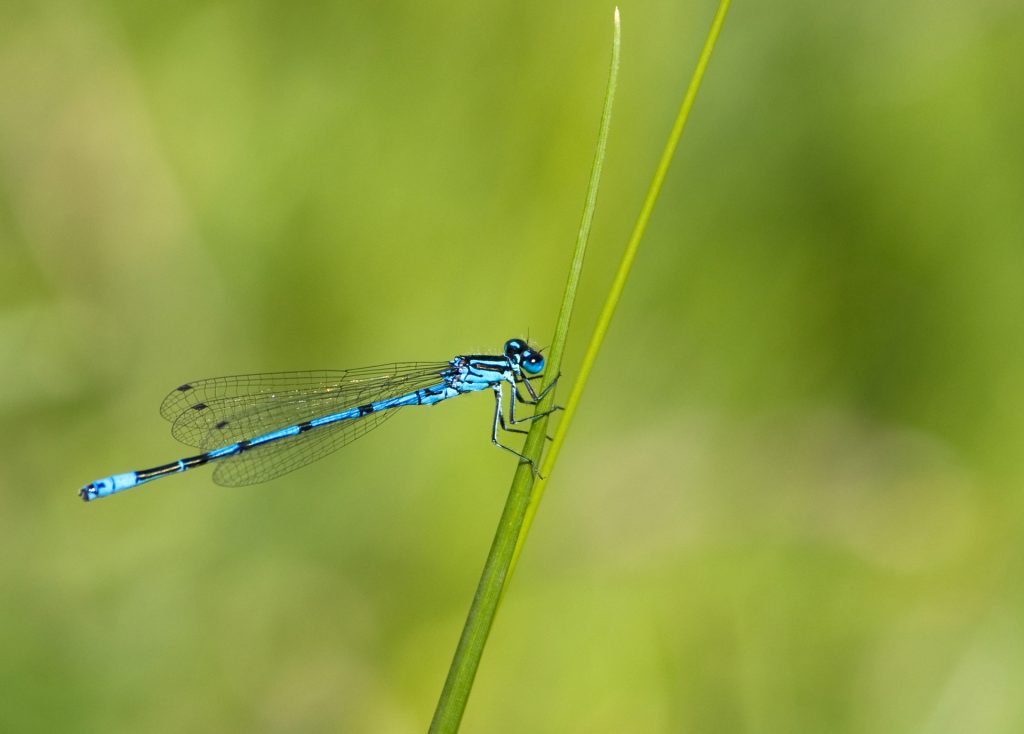
So much we don’t know
Despite the enormous value of insects and other invertebrates, Feeley notes that there are increasingly few people in Ireland able to identify them. “We have too few entomologists. In many areas we just lack the expertise.
There’s maybe one person in Ireland capable of identifying Dipterans [a family of flies] to the species level. We don’t know what we’re losing because right now we don’t know what’s there”.
Funding, he notes, tends to go to the more glamourous groups of species. “The pollinator crowd has been very successful – we need to somehow tap that for other groups of insects which are just as important.”
If nothing else, insectageddon has highlighted how much we don’t know about the workings of natural systems. Invertebrates, after all, may make up a whopping 97 per cent of all known animal life forms. Yet, our ignorance should not prevent us from acting. In January, a group of 73 international scientists published a roadmap for “insect conservation and recovery”.
“Most importantly”, they stated, “we should not wait to act until we have addressed every key knowledge gap. We currently have enough information on some key causes of insect decline to formulate no-regret solutions.”
These “no-regret” solutions include taking “aggressive action” on climate change, phasing out pesticide use, reducing light, noise and water pollution, protecting threatened species and increasing the diversity of habitat features across landscapes.
Transforming how we produce our food, restoring habitats, climate action, protecting threatened species and restoring water quality will be a familiar list to anyone working in the area of environmental protection in recent times. It turns out that the measures to save insects are the same as those needed to save ourselves.
By Padraic Fogarty
Padraic is a Campaign Officer with the Irish Wildlife Trust and Author of ‘Whittled Away’ – Ireland’s Vanishing Nature
